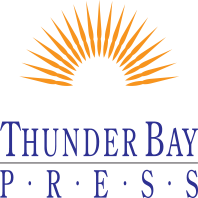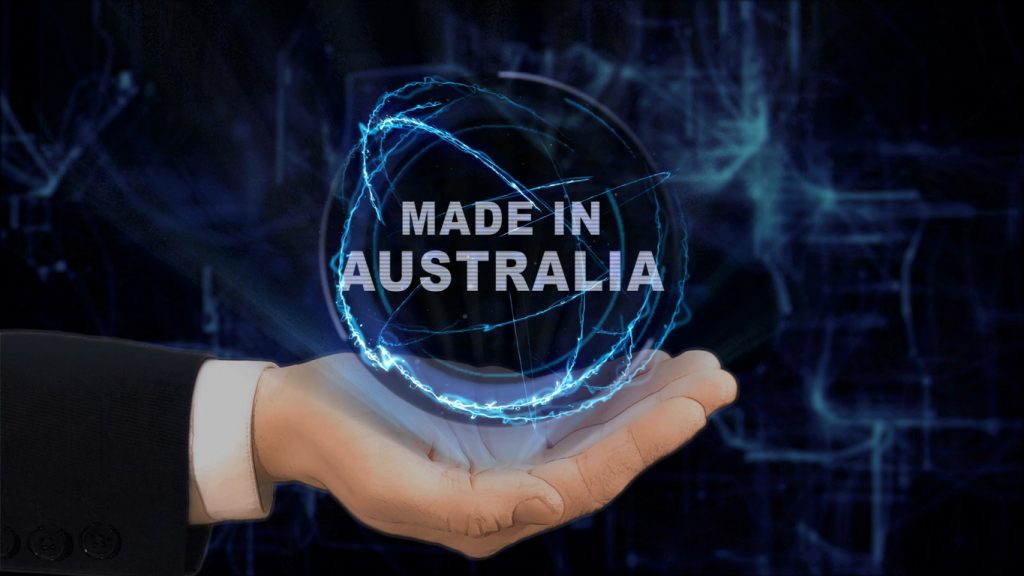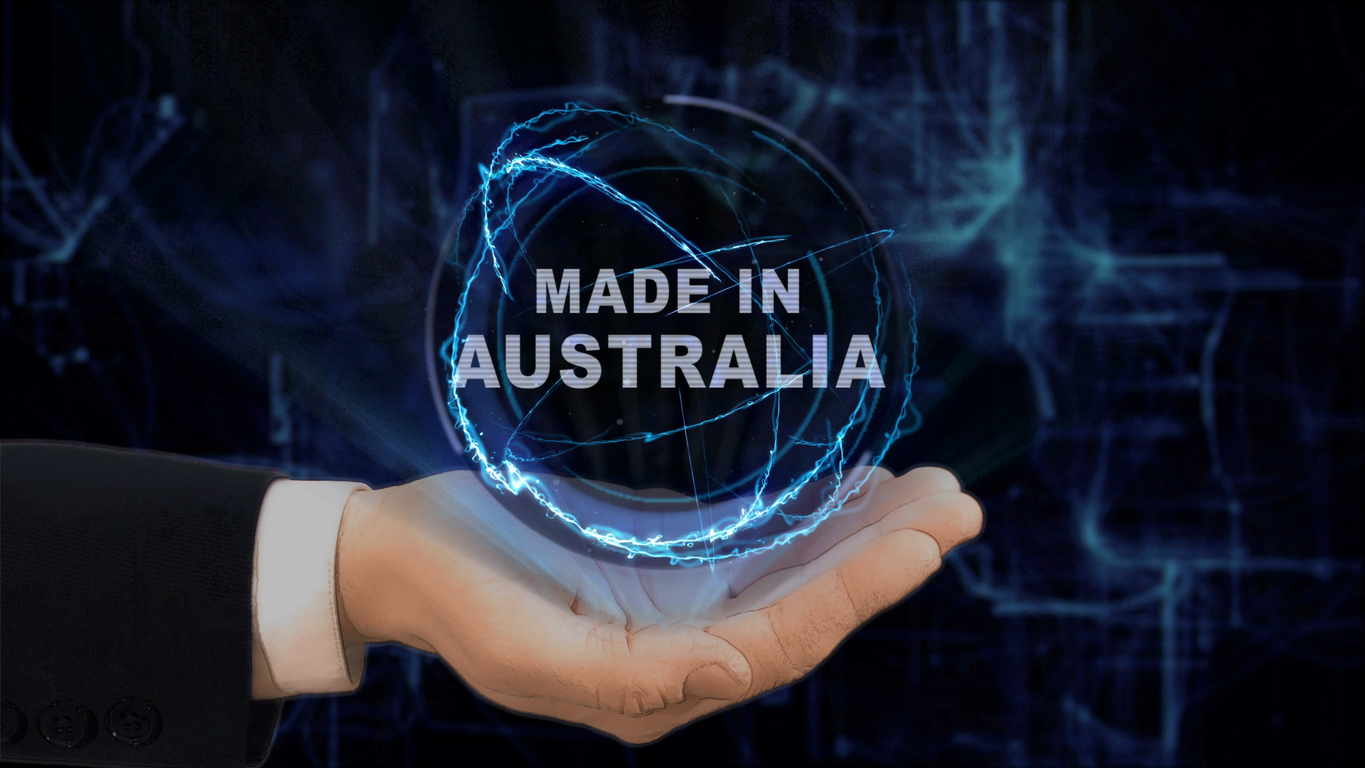January 26 is Australia Day, and so we thought we’d take a look at some inventions that we — and maybe you — didn’t know originated Down Under.
Disposable Syringes
In the 1940s, drug company A.M. Bickford and Sons identified a problem in the pharmaceutical market: patients who needed to inject medications, such as diabetics, had to reuse large, clunky, glass-and-metal syringes, disinfecting and sharpening the needles often. The company asked Australian toymaker Charles Rothauser of the Quality Toy Company to see what he could do — after all, he worked with a lot of cheap, pliable plastic in the business of making dolls. He simply adapted the process he used to make doll molds into ones to make single-use syringes.
Wi-Fi
The Internet has been available to consumers since the 1980s, but it didn’t really take off for a decade, after the development of high-speed internet. That’s thanks to wireless access, or Wi-Fi. In 1996, Australian engineer John O’Sullivan led a team at tech think tank called CSIRO to develop cord-free internet capabilities. O’Sullivan had been working on the idea since 1977, when he was looking into practical applications of radio astronomy principles.
Google Maps
In 2003, Australians Stephen Ma and Noel Gordon set out to turn the foldable map into an easy-to-use digital version. They invented the e-map and founded a company called Where 2 Technologies, and in 2004 sold it to tech conglomerate Google, which rebranded it Google Maps. It’s now the industry standard in navigation technology.
Splayds
Taking the spork and doing it one better, William McArthur of Sydney, Australia, saw some people struggling to hold plates of food on their laps at an outdoor cookout while also using a knife and fork, so in 1943 he invented “Splayds.” Also called a “sporf” and mass-marketed in the ‘60s, Splayds are an all-in-one utensil — scooped like a spoon, but equipped with fork tines on the end and a sharp, knife-like edge on the side.
Flight Recorder
In 1934, Australian chemist Dave Warren’s father died in a 1934 plane crash. Commercial flight was still in its infancy, and the reasons for accidents were not yet fully understood. So Warren dedicated his life to perfecting a device that would record the actions and activities in a plane’s cockpit and information from flight instruments so as to be helpful later in the event of the unthinkable. By 1953, he’d perfect the “black box.”









